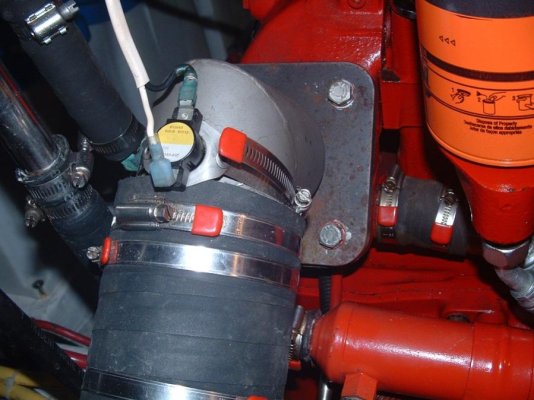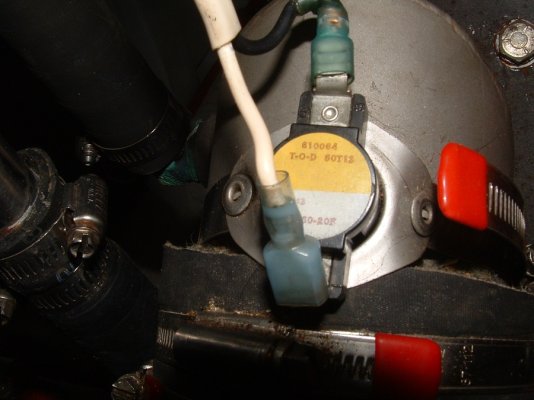jwnall
Moderator Emeritus
I am thinking of buying one of these (the twin model for two engines) and wonder if anyone may have some experience with them, either good or bad. It looks simple to install and the price is reasonable. But before spending $110+ it would be nice to hear from someone that has one or knows about them
John
John


